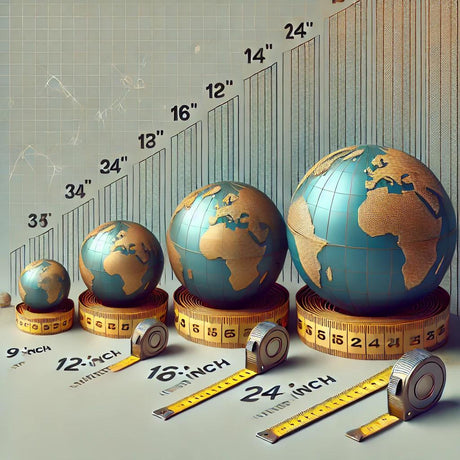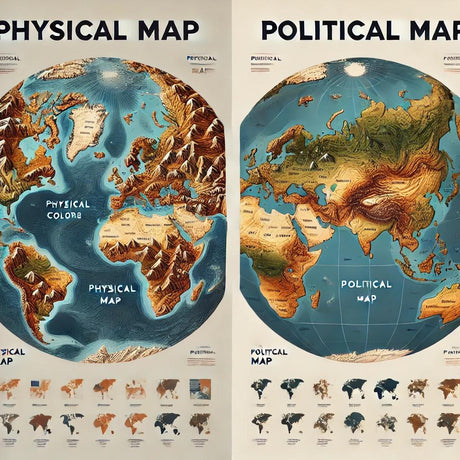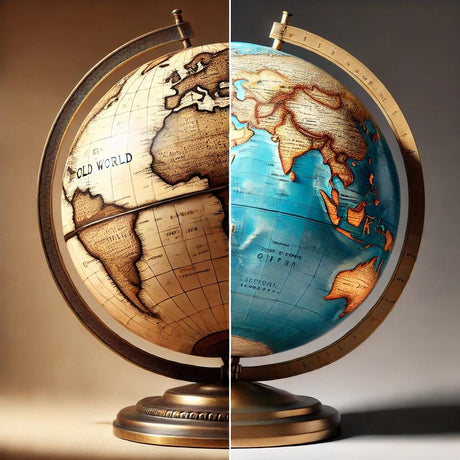
The Hollow Earth theory is a fascinating but scientifically debunked idea that suggests the Earth is entirely hollow or contains substantial interior space. This concept has captured the imagination of writers, conspiracy theorists, and adventure seekers for centuries. However, modern science provides overwhelming evidence to disprove the Hollow Earth theory. In this article, we will explore the origins of this theory, its main proponents, and the scientific facts that debunk it.
Origins of the Hollow Earth Theory
The Hollow Earth theory dates back to the 17th century when Edmond Halley, an English astronomer, proposed that the Earth might consist of a hollow shell about 500 miles thick with two inner concentric shells and an innermost core . Halley suggested that these layers could be separated by atmospheres and possibly contain life. Over the years, other thinkers and writers, such as John Cleves Symmes Jr. and Jules Verne, popularized variations of this idea.
Key Proponents and Popularity
John Cleves Symmes Jr., an American army officer, was a significant advocate for the Hollow Earth theory in the early 19th century. He believed there were large openings at the North and South Poles leading into the Earth’s interior . Symmes attempted to secure funding for an expedition to find these entrances but was ultimately unsuccessful.
The idea was further romanticized in literature, notably by Jules Verne in his 1864 novel "Journey to the Center of the Earth" . Such works have kept the Hollow Earth concept alive in popular culture, inspiring countless stories, movies, and conspiracy theories.
Scientific Evidence Against the Hollow Earth Theory
Despite its enduring allure, the Hollow Earth theory is contradicted by several well-established scientific facts:
1. Seismic Waves
One of the most compelling pieces of evidence comes from the study of seismic waves generated by earthquakes. These waves travel through the Earth and are recorded by seismometers worldwide. The way seismic waves propagate and reflect indicates a complex structure with a solid crust, a semi-fluid mantle, and a solid inner core surrounded by a liquid outer core . If the Earth were hollow, the seismic wave patterns would be vastly different from what is observed.
2. Gravity
The gravitational pull experienced on the Earth's surface can be explained by a spherical mass with a dense core. If the Earth were hollow, the gravitational forces would not be consistent with the measurements taken at various points on the surface. The distribution of mass required to create the observed gravitational field strongly supports a solid, not hollow, Earth .
3. Magnetic Field
The Earth’s magnetic field is generated by the movement of molten iron and nickel in the outer core. This geodynamo effect requires a solid inner core and a liquid outer core. A hollow Earth would not support the complex interactions needed to produce a magnetic field of the strength and stability observed .
4. Geological and Volcanic Activity
The processes of plate tectonics, mountain formation, and volcanic activity all require a solid and dynamic interior. The movement of tectonic plates and the presence of molten rock in the mantle are inconsistent with a hollow structure. The heat and pressure needed to drive these geological processes come from the decay of radioactive elements within a solid Earth .
5. Satellite and Space Exploration Data
Modern satellite technology and space missions have provided detailed maps and gravitational data of the Earth. These observations align with the model of a solid planet with distinct layers. The data collected by satellites, such as the Earth's gravity field and steady-state ocean circulation explorer (GOCE), further corroborate the standard geological model .
Conclusion
While the Hollow Earth theory is an intriguing and imaginative concept, it does not hold up against the vast body of scientific evidence. Seismic data, gravitational measurements, the Earth's magnetic field, geological activity, and satellite observations all point to a solid Earth with complex internal structures. The continued fascination with the Hollow Earth theory highlights the human propensity for curiosity and wonder, but it ultimately remains a myth in the face of modern science.
For those interested in the true nature of our planet, exploring legitimate geological and geophysical studies offers a more accurate and awe-inspiring understanding of the Earth's structure and history. However, if you’re intrigued by the idea of a hollow center, you might enjoy exploring Ultimate Globes, particularly our Bar Globes, which feature a hollow center perfect for storing your favorite spirits.




